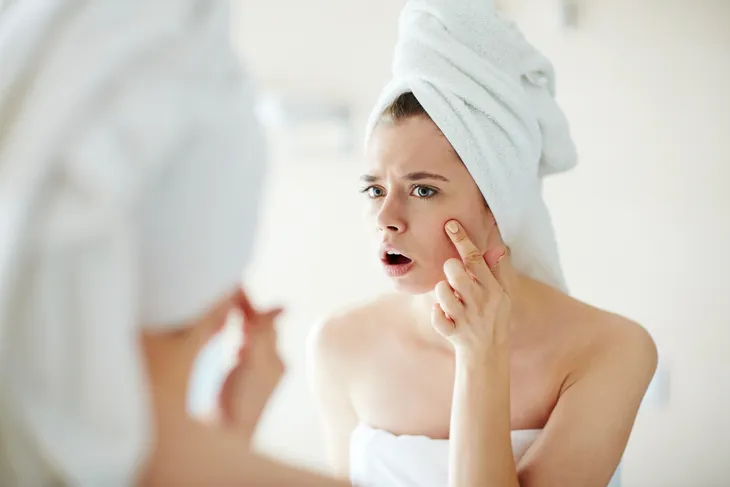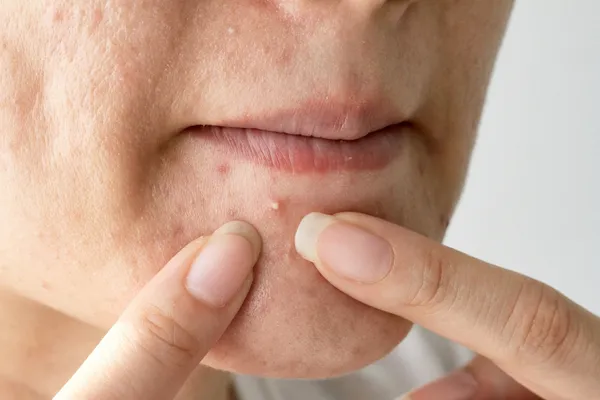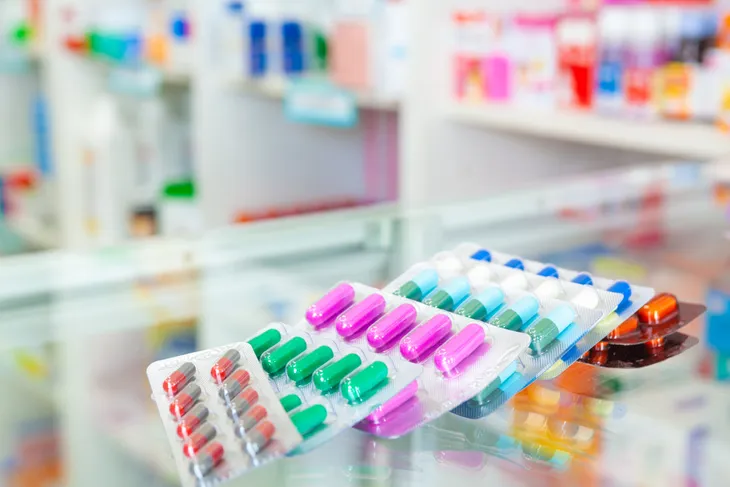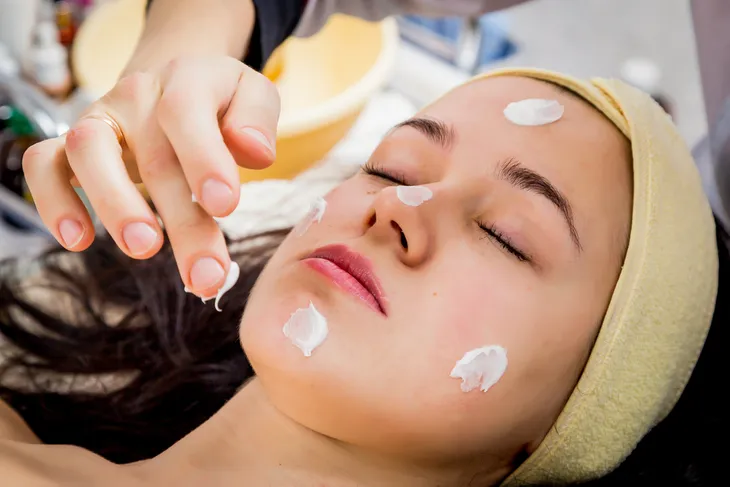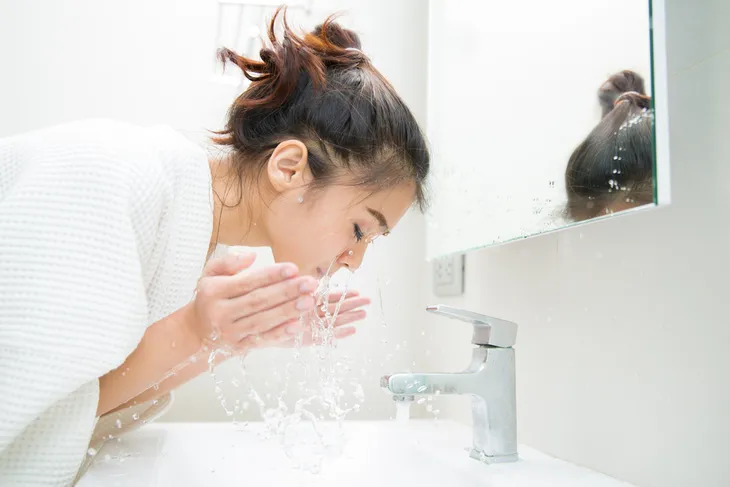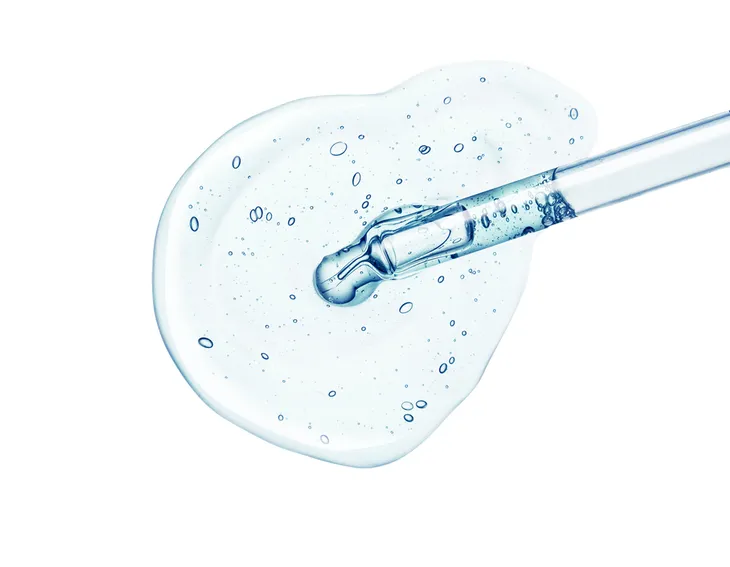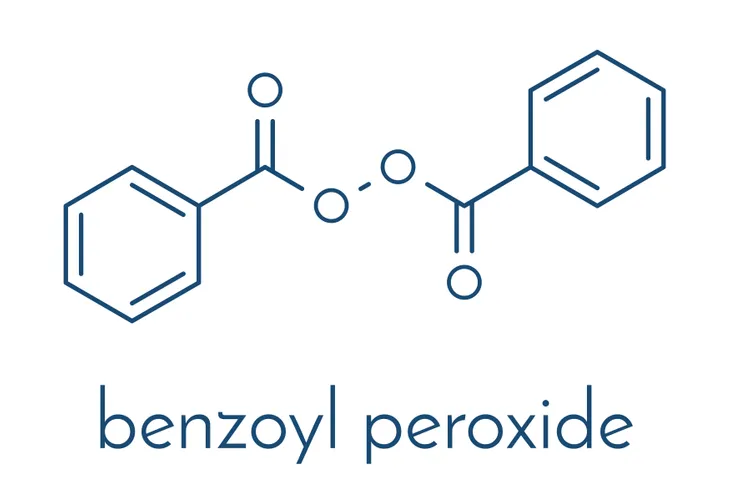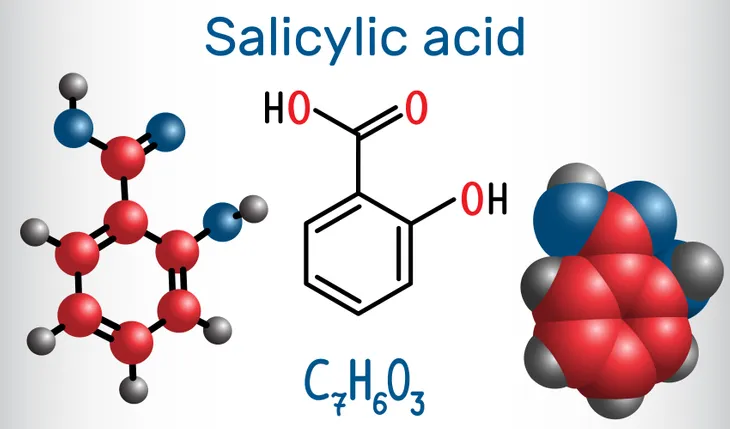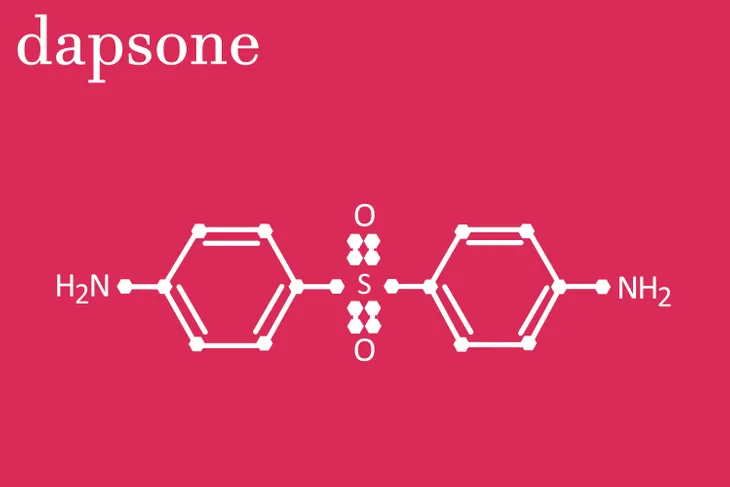Acne is a chronic skin disorder characterized by blackheads (open comedones), white- heads (closed comedones), papules, pustules, cysts, and/or nodules. It is the most common skin condition in the United States. The lesions of acne may or may not be accompanied by inflammation. The primary cause of the disorder is the blockage of hair follicles and their accompanying sebaceous gland, which produces the skin oil called sebum. Acne is a common problem among adolescents, but adults can also be afflicted with the disease. It occurs most often on the face, but may also occur on the upper chest and back.
Ten topical treatments for acne are…
1. Tretinoin
Tretinoin (Retin-A) was the first topical retinoid, which are derivatives of vitamin A. Retinoids are most effective at preventing the formation of comedones, open or closed. In other words, they are comedolytics. Tretinoin is effective as stand-lone treatment in individuals with noninflammatory (open or closed comedones) acne. It may also be used in combination with antibiotics in the treatment of mild to moderate inflammatory acne.
Tretinoin is available by prescription as a cream (0.025, 0.05, 0.1-percent), gel (0.01, 0.025-percent), liquid (0.05-percent), or microsphere gel (0.01-percent). The cream has the lowest potency, while the liquid has the highest potency. It is applied once daily regardless of the vehicle. The most common adverse effect of tretinoin is skin irritation (cream is least irritating, liquid is most irritating), which can be minimized by starting at a low concentration and increasing as needed. The skin irritation caused by the drug may be compounded by excessive sun exposure.
2. Adapalene
Adapalene (Differin) is a topical retinoid. The United States Food and Drug Administration (FDA) approved the drug in 1997 for the treatment of acne. It may be used as first-line therapy in the treatment of noninflammatory acne, consisting predominantly of blackheads and/or whiteheads. Differin may also be used in combination therapy with antibiotics to treat inflammatory acne, consisting predominantly of papules, pustules, cysts, and/or nodules.
Adapalene is available by prescription as a cream (0.1-percent), lotion (0.1-percent), or gel (0.1, 0.3-percent). Alternatively, it is available as a combination adapalene/benzoyl peroxide (Epiduo) gel (0.1-percent/2.5-percent). All forms are applied once daily. The most common adverse effect is skin irritation. Adapalene is less irritating than tretinoin and is thought to be the best tolerated topical retinoid. Maximal drug benefit may be seen in 8 to 12-weeks and acne may paradoxically worsen in first few weeks of treatment.
3. Tazarotene
Tazarotene (Tazorac) is a topical retinoid. The FDA approved the drug in 1997 for the treatment of acne. Tazarotene may be used alone to treat noninflammatory (blackheads, whiteheads) acne or in combination with antibiotics to treat inflammatory (papules, pustules, cysts, nodules) acne. It is also indicated for the treatment of psoriasis, another common skin condition.
Tazarotene is available by prescription as a 0.01-percent cream, gel, or foam for the treatment of acne. It is applied once daily. The most common adverse effect is skin irritation. In clinical trials, individuals administered tazarotene foam had less systemic exposure than those administered tazarotene gel. Less systemic exposure decreases the chances of drug toxicity, or adverse effects. Limited clinical trial evidence suggests tazarotene may be a more effective acne treatment than tretinoin or adapalene.
4. Clindamycin
Clindamycin is one of the most commonly used and studied topical antibiotics used to treat acne. It is most effective in the treatment of mild to moderate inflammatory acne characterized by papules, pustules, cysts, and/or nodules. Clindamycin works by killing the bacteria Propionibacterium acnes (P. acnes), a potent promoter of the inflammation associated with acne. It may be used alone, but is more effective in the treatment of acne when used in combination with topical retinoids, derivatives of vitamin A.
Clindamycin is available by prescription as a 1-percent foam, gel, lotion, or solution to treat acne. The foam, lotion, and solution forms are applied twice daily, while the gel form is applied once daily. It is often used in combination with benzoyl peroxide to reduce the possibility of bacterial (P. acnes) resistance. The most common adverse effect of topical clindamycin is skin irritation. In clinical trials, it is more effective than topical tetracycline (an antibiotic) in the treatment of acne.
5. Erythromycin
Erythromycin is a commonly used and frequently studied topical antibiotic used to treat acne. It effectively treats mild to moderate inflammatory acne. Erythromycin fights the inflammation of acne by eradicating the bacteria Propionibacterium acnes (P. acnes). The bacteria are a factor in the development of acne. Erythromycin can be used as first-line therapy for inflammatory acne, but is more effective when combined with topical retinoids, derivatives of vitamin A.
Erythromycin is available by prescription as a 2-percent gel, solution, or ointment applied twice daily for the treatment of acne. The most common side effect is skin irritation. It is also available as a combination erythromycin/benzoyl peroxide (Benzamycin) gel (3-percent/5-percent), which is highly effective. In studies, Benzamycin gel applied once or twice daily was superior to either component alone and to clindamycin alone.
6. Sulfacetamide
Sulfacetamide is a topical antibiotic used to treat acne. It hails from the sulfa family of antibiotics. Sulfacetamide is most effective in the treatment of mild to moderate acne. It works by killing Propionibacterium acnes (P. acnes), which is associated with the inflammatory lesions of acne. Sulfacetamide is often combined with sulfur to treat inflammatory acne. Sulfur has been used to treat skin problems since the time of the ancient Greeks.
Sulfacetamide is available by prescription as a 10-percent lotion or suspension to treat acne. It is applied twice daily. The most common side effect is skin irritation. Individuals allergic to sulfa should not take the drug. A clinical trial of the combination of sulfacetamide/sulfur lotion showed an 83-percent reduction in inflammatory acne lesions after 12-weeks of therapy. Sulfacetamide used in the treatment of acne has dwindled over the years and has been replaced by other topical antibiotics such as clindamycin and erythromycin.
7. Azelaic Acid
Azelaic acid (Azelex) is a topical agent used in the treatment of acne. The FDA approved the drug in 1996 for the treatment of mild to moderate inflammatory acne. It kills the bacteria (P. acnes) that infect pores leading to acne. It also breaks down keratin, a protein in the skin that can block pores. In clinical trials, azelaic acid has been shown to be as effective as tretinoin or benzoyl peroxide in the treatment of mild to moderate inflammatory acne.
Azelaic acid is available by prescription as a 20-percent cream for the treatment of acne. It is applied twice daily. The most common adverse effect is skin irritation. Azelaic acid should be used with caution in individuals with darker complexions as it may lead to decreased pigmentation (hypopigmentation). Improvement in acne is not immediate and it can take up to 4-weeks to see the maximal effect of azelaic acid.
8. Benzoyl Peroxide
Benzoyl peroxide is a topical agent that has been used in the treatment of acne since the 1950s. It kills the bacteria (P. acnes) that causes acne, as well as prevents the formation of blackheads and whiteheads (comedolytic). Benzoyl peroxide is effective in the treatment of mild to moderate mixed (inflammatory/noninflammatory) acne, especially when combined with topical retinoids. It may also be combined with topical antibiotics to reduce the risk of bacterial resistance.
Benzoyl peroxide is available over-the-counter and by prescription in a wide variety of forms (cleansing liquid and bar, lotion, cream, or gel) and concentrations (2.5 to 10-percent). It is applied once or twice daily. No particular form or concentration has been proven to be more effective than another. Skin irritation is the most common adverse effect of benzoyl peroxide. It is an oxidizing agent and may potentially bleach hair, clothing, and bed linens. It can take up to 6-weeks for the drug to work.
9. Salicylic Acid
Salicylic acid is a topical agent indicated in the treatment of acne. It is a form of beta-hydroxy acid, which lightly peels the skin and helps unclog pores. Salicylic acid fights acne by inhibiting the formation of blackheads and whiteheads. It is most effective in the treatment of mild noninflammatory, or comedonal, acne. Salicylic acid is less potent than topical retinoids.
Salicylic acid is an ingredient in a multitude of over-the-counter preparations (cream, lotion, foam, gel, ointment, solution) in various concentrations (0.5 to 3-percent) for acne. It is applied once or twice daily. Skin irritation is the most common adverse effect of salicylic acid. It may also increase the skin’s sensitivity to the sun. In clinical trials, salicylic acid has been shown to be effective as benzoyl peroxide in the treatment of comedonal acne.
10. Dapsone
Dapsone is an antibiotic that has been used since the 1940s for the oral treatment of acne. It’s use for acne virtually ceased with the development of oral tretinoin. The FDA approved dapsone (Aczone) gel in 2005 for the treatment of acne. It works by killing bacteria (P. acnes) and fighting inflammation. Dapsone is effective at treating both mild to moderate non inflammatory and inflammatory acne, although it seems more effective in the treatment of the latter.
Dapsone is available by prescription as a 5-percent gel for the topical treatment of acne. It is applied twice daily. The most common adverse effect of the drug is skin irritation. The application of dapsone gel followed by benzoyl peroxide may cause temporary yellow-orange skin discoloration. In clinical trials, dapsone gel was more effective in reducing inflammatory lesions (papules, pustules, cysts, nodules) than non inflammatory lesions (blackheads, whiteheads) with as much as a 50-percent reduction with 12-weeks of use.

